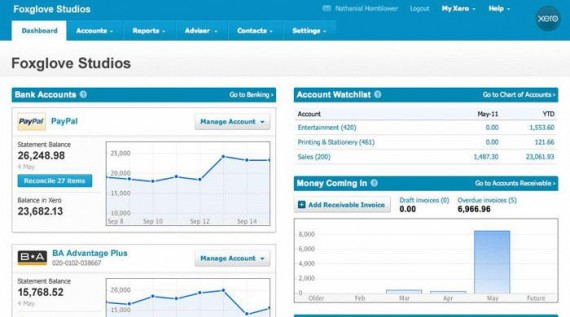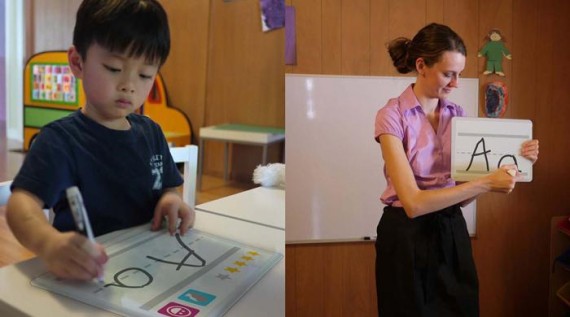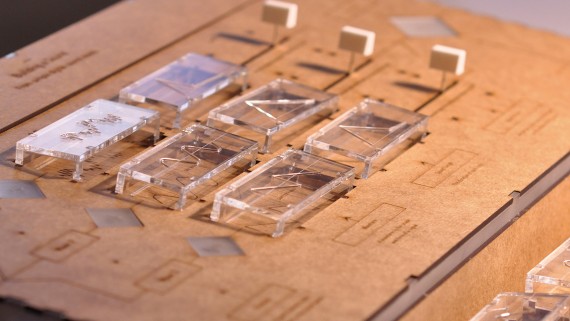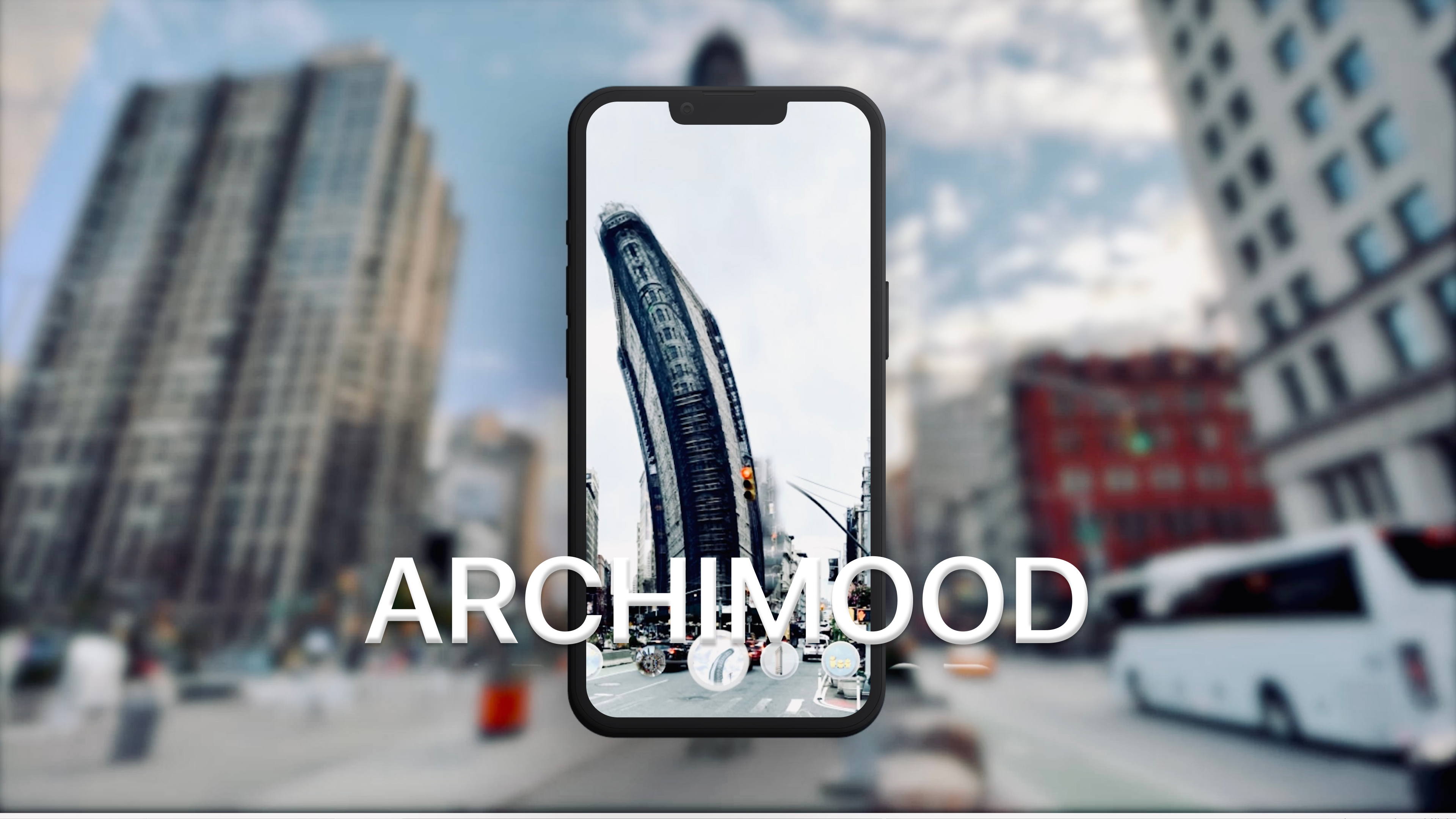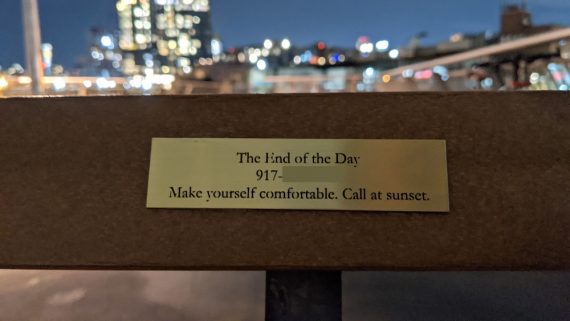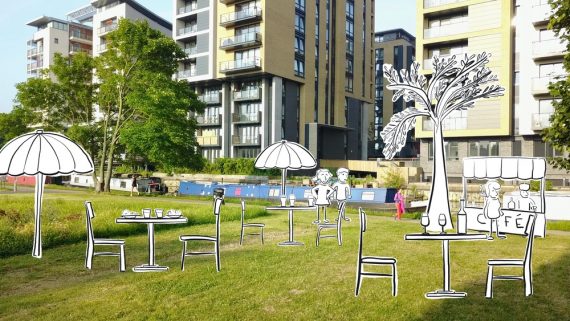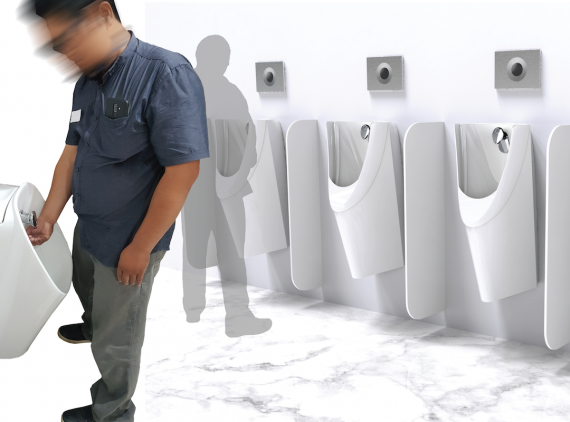Avena+ Test Bed - Agricultural Printing and Altered Landscapes
Team
Company | Institution
Category
Type
Project description
With the advent of Precision Farming, agriculture has become fully mapped and will transform farming to a highly digital activity. This in combination with other changes underway in the countryside, mainly the paradigm shift from food to biogas production and various EU subsidy schemes to promote diversity, will lead to disruptive changes within the next few years for the (European) countryside.
Context
When I started to project, I wanted to look into ways on how to “write landscape” and which mechanism shape the landscape. It started very open …
During my conversations with farmers, landowners, people from the r&d of agriculture machinery, people form the local borough, academics from agricultural science … a few interesting topics emerged (see also the secondary image):
* Precision Farming
→ Farming becomes a Digital Activity
* Paradigm shift from food to energy
→ Many farmers change from food to energy biomass production
→ Mixing crops becomes possible and economic
→ It is better to increase diversity e.g. reduced usage of pesticides etc.
* EU agriculture subsidies
→ On average 30% of the income of farmers relies to EU subsidies (2009-2011)
→ Environmental and diversity schemes gain more and more importance
I think these findings prove that I understood very well the potential/needs in that particular realm.
The project tries to incorporate those findings and to transfer their potential/problems to a real world proposal.
Impact
The project uses the idea of “Agricultural Printing” to explore the possibilities of digital fabrication carried over into farming. The experiment applies algorithms to partition and to create an environmentally beneficial structure into a standard biomass/energy production field. These additional areas establish, or improve, the connectivity for fauna and flora between habitats. This increased diversity also eases typical problems of monocultures e.g. less vermin → reduced usage of pesticides. Furthermore a farmer could “rent out” the areas for several months a year as compensatory area in the same fashion like the CO2 emissions trading scheme works (in the EU every new land for building has to be compensated). Hence in the near future a farmer might not just produce oats, peas, beans and barley, but also print “environment compensations areas” into his fields.
Craft
There is video which describes the design process, please watch at least the first 2.5min
In short:
1) Mapping the terrain
The challenge was to find ways to create a really accurate digital base layer to built upon in the next steps. I had to organize a 150.000€ tractor and an external reference station (to get rid of satellite shadows) to combine GPS/GLONASS signals for maximum accuracy.
2) Designing the pattern
With the digital base layer I designed patterns/algorithms to partition and to create an environmentally beneficial structure into a standard biomass/energy production field.
3) Printing with seed
Finding ways to actually print with seeds in real world. In that step, I had to organize a 50.000€ seeding machine from a R&D department. the “pixel” resolution is 3 x 3 meters and the whole area is 11,5 hectares (320 m x 920 m). I planted 85% oats (Avena Sativa) 15% eleven different flowers and herbs.
4) Documention
Various autonomous timelapse cameras, a first aerial imagery shot with a persuaded local hobby pilot and in the end I booked a professional hexacopter video drone service to shoot the final aerial imagery (see video entry)
Context
When I started to project, I wanted to look into ways on how to “write landscape” and which mechanism shape the landscape. It started very open …
During my conversations with farmers, landowners, people from the r&d of agriculture machinery, people form the local borough, academics from agricultural science … a few interesting topics emerged (see also the secondary image):
* Precision Farming
→ Farming becomes a Digital Activity
* Paradigm shift from food to energy
→ Many farmers change from food to energy biomass production
→ Mixing crops becomes possible and economic
→ It is better to increase diversity e.g. reduced usage of pesticides etc.
* EU agriculture subsidies
→ On average 30% of the income of farmers relies to EU subsidies (2009-2011)
→ Environmental and diversity schemes gain more and more importance
I think these findings prove that I understood very well the potential/needs in that particular realm.
The project tries to incorporate those findings and to transfer their potential/problems to a real world proposal.
Impact
The project uses the idea of “Agricultural Printing” to explore the possibilities of digital fabrication carried over into farming. The experiment applies algorithms to partition and to create an environmentally beneficial structure into a standard biomass/energy production field. These additional areas establish, or improve, the connectivity for fauna and flora between habitats. This increased diversity also eases typical problems of monocultures e.g. less vermin → reduced usage of pesticides. Furthermore a farmer could “rent out” the areas for several months a year as compensatory area in the same fashion like the CO2 emissions trading scheme works (in the EU every new land for building has to be compensated). Hence in the near future a farmer might not just produce oats, peas, beans and barley, but also print “environment compensations areas” into his fields.
Craft
There is video which describes the design process, please watch at least the first 2.5min
In short:
1) Mapping the terrain
The challenge was to find ways to create a really accurate digital base layer to built upon in the next steps. I had to organize a 150.000€ tractor and an external reference station (to get rid of satellite shadows) to combine GPS/GLONASS signals for maximum accuracy.
2) Designing the pattern
With the digital base layer I designed patterns/algorithms to partition and to create an environmentally beneficial structure into a standard biomass/energy production field.
3) Printing with seed
Finding ways to actually print with seeds in real world. In that step, I had to organize a 50.000€ seeding machine from a R&D department. the “pixel” resolution is 3 x 3 meters and the whole area is 11,5 hectares (320 m x 920 m). I planted 85% oats (Avena Sativa) 15% eleven different flowers and herbs.
4) Documention
Various autonomous timelapse cameras, a first aerial imagery shot with a persuaded local hobby pilot and in the end I booked a professional hexacopter video drone service to shoot the final aerial imagery (see video entry)

.png)


